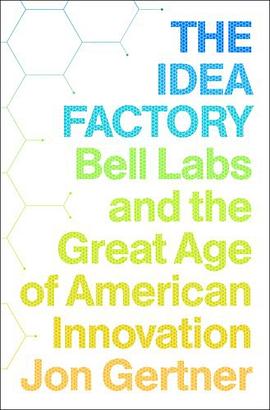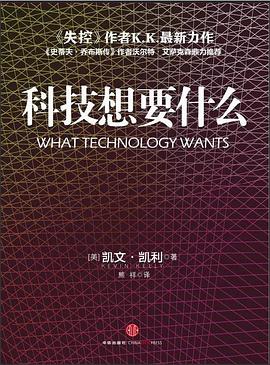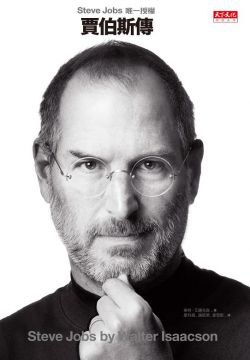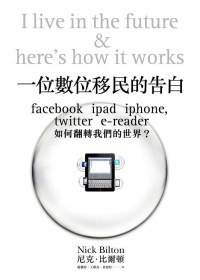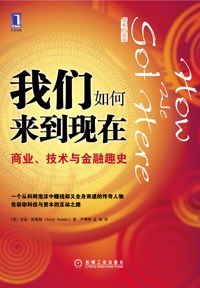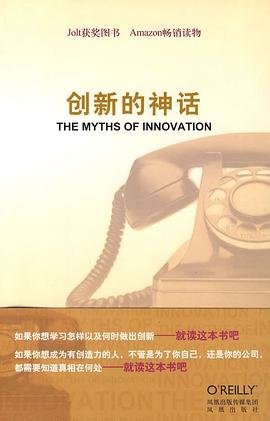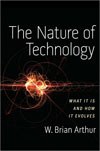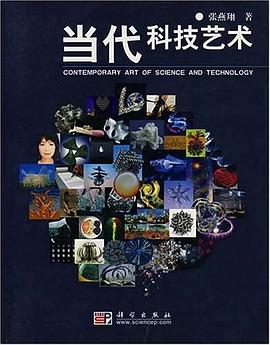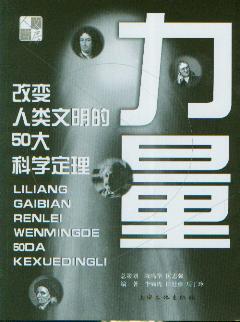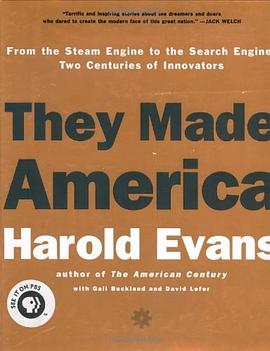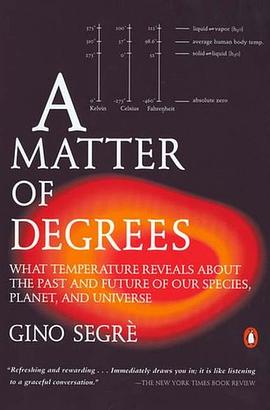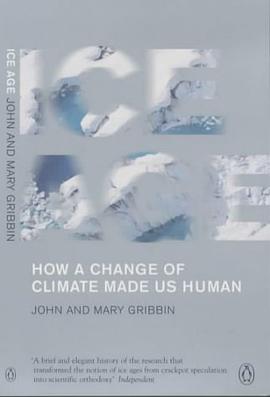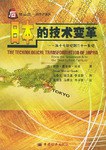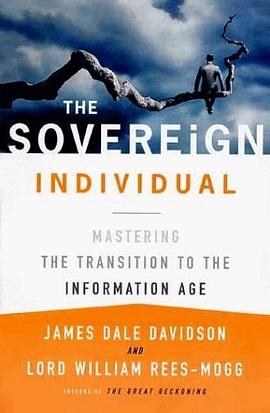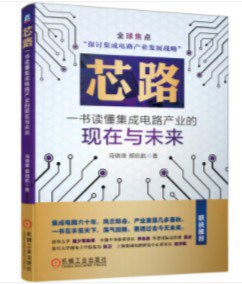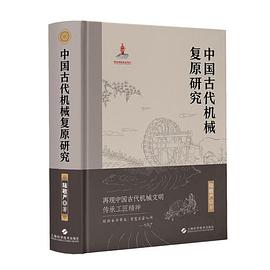
具體描述
I’m a book author and a contributing writer for the New York Times Magazine, and I tend to describe myself as both a journalist and historian. In addition to the Sunday Magazine, my writing has appeared in the New York Times Book Review, Wired, The New Yorker, The Washington Post, The Wall Street Journal, Technology Review and Fast Company. Usually I write about science, nature, technology, and business. But oftentimes my articles explore the intersections between all those areas. At least to me, that’s where the most interesting things happen.
My first book, The Idea Factory: Bell Labs and the Great Age of American Innovation, was published by Penguin Press in 2012. The Ice at the End of the World, my new book, is being published by Random House and chronicles 150 years of exploration and investigation on the Greenland ice sheet. The book was conceived as a story about ice and the process of scientific discovery; it aims to explain how the work in Greenland, aided by an evolving array of technological tools, has led us to a profound understanding of our current climate crisis. In truth, I like to think the book might be more than that. The story of Greenland’s ice sheet—the world’s largest laboratory—includes hair-raising tales of adventure and frostbite; a cast of characters who suffered misery on an almost unimaginable level; and a number of scientists who perceived in the ice a method to decipher clues to the ancient and future earth. It’s a human saga, in other words, as well as an epic of nature.
I live in New Jersey with my wife and kids. I’m a lifelong New Jersey native, in fact—my father was a medical school professor and my mother taught first grade—and I grew up in the town of Berkeley Heights, not far from where I live now.
A sweeping, atmospheric history of Bell Labs that highlights its unparalleled role as an incubator of innovation and birthplace of the century's most influential technologies. Bell Laboratories, which thrived from the 1920s to the 1980s, was the most innovative and productive institution of the twentieth century. Long before America's brightest scientific minds began migrating west to Silicon Valley, they flocked to this sylvan campus in the New Jersey suburbs built and funded by AT&T. At its peak, Bell Labs employed nearly fifteen thousand people, twelve hundred of whom had PhDs. Thirteen would go on to win Nobel prizes. It was a citadel of science and scholarship as well as a hotbed of creative thinking. It was, in effect, a factory of ideas whose workings have remained largely hidden until now. "New York Times Magazine" writer Jon Gertner unveils the unique magic of Bell Labs through the eyes and actions of its scientists. These ingenious, often eccentric men would become revolutionaries, and sometimes legends, whether for inventing radio astronomy in their spare time (and on the company's dime), riding unicycles through the corridors, or pioneering the principles that propel today's technology. In these pages, we learn how radar came to be, and lasers, transistors, satellites, mobile phones, and much more. Even more important, Gertner reveals the forces that set off this explosion of creativity. Bell Labs combined the best aspects of the academic and corporate worlds, hiring the brightest and usually the youngest minds, creating a culture and even an architecture that forced employees in different fields to work together, in virtually complete intellectual freedom, with little pressure to create moneymaking innovations. In Gertner's portrait, we come to understand why both researchers and business leaders look to Bell Labs as a model and long to incorporate its magic into their own work. Written with a novelist's gift for pacing and an ability to convey the thrill of innovation, "The Idea Factory" yields a revelatory take on the business of invention. What are the principles of innovation? How do new technology and new ideas begin? Are some environments more favorable than others? How should they be structured, and how should they be governed? Can strokes of genius be accelerated, replicated, standardized? The history of Bell Labs provides crucial answers that can and should be applied today by anyone who wants to understand where good ideas come from.
用戶評價
##One can feel the power of reshaping the world. " The notebook Brattain had used to chart his semiconductor experiments before the war - notebook nunmber 18194 - had its last entry in West Street on November 7, 1941. Four years later, in the new Murrary Hill building, Brattain picked it up again and opened to page 40. 'The war is over,' he wrote"
評分##新年第一讀。早期技術優勢的積纍造成壟斷,得以有充足資源和時間進行長期基礎研究,現在除瞭大學和政府能乾這事兒,公司的實驗室大大被生存、利潤和市場牽製瞭。盡管各個公司創新不斷,但是ground breaking的發現幾乎絕跡。以這個眼光看我司,也是玩的小孩遊戲罷瞭。
評分##a good story about bell lab. btw, Shannon and Pierce is my idol~they not only have awesome idea but also charming personal character.
評分##《貝爾實驗室與美國革新大時代》真的是一本好書。其中談到一個很有意思的舊聞。 1938年凱利(貝爾實驗室研發負責人,負責真空管的核心業務)去拜訪他在工作初期一起共事的物理學傢戴維森。順便認識瞭和他同一間辦公室的肖剋利(肖剋利是貝爾實驗室招募進去的,有非常強的學習能...
評分##激勵者與天纔不同,但同樣不同尋常。激勵者也與那些最有能力的管理者不同,那些人能讓原本或許無能為力的人發揮齣自身的優勢。在天纔人物申農和管理者凱利之間,皮爾斯在貝爾實驗室為自己選擇瞭激勵者的道路。 “我努力發動其他人做事,我很懶。”皮爾斯曾經這樣對一位采訪者說...
評分##本書的撰寫方式和我想的不大一樣,結構上圍繞6個核心人物:Mervin Kelly, Jim Fisk, William Shockley, Claude Shannon, John Pierce, and William Baker,將貝爾實驗室本身的發展穿插瞭這些故事的中間,在講述這6個人的時候,還穿插瞭大量的技術創新理論點,感覺這個結構有點復雜
評分 評分 評分##一般,中信的翻譯太差
相關圖書
本站所有內容均為互聯網搜尋引擎提供的公開搜索信息,本站不存儲任何數據與內容,任何內容與數據均與本站無關,如有需要請聯繫相關搜索引擎包括但不限於百度,google,bing,sogou 等
© 2025 book.cndgn.com All Rights Reserved. 新城书站 版權所有

